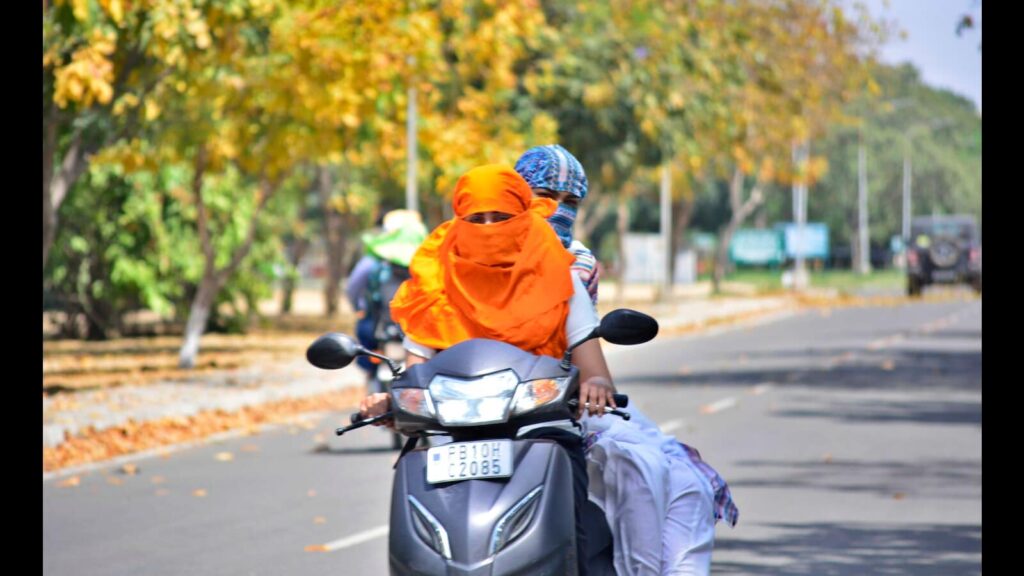The deaths of 30 people in a political function in Maharashtra due to heat stroke on Sunday were tragic and avoidable. Reports suggested that the incident took place when around a million people attended the Maharashtra Bhushan Award ceremony, which started at 11am and ended at 2pm (the hottest hours of the day). It was held in a 306-acre ground at Kharghar, on a day when the mercury touched 38 degrees Celsius. Doctors suggested that prolonged exposure to heat may have caused discomfort, dehydration and nausea in around 200 people. Political parties and organisers of large-scale events must take lessons. More foolproof arrangements, ample shaded areas, plenty of water available to stave off dehydration, and a far more comprehensive first-aid system will be required as India heads into a long election season, which will see many outdoor meetings. As the summer progresses and the political temperature rises, it will be important that parties keep the physical comfort of their constituents in mind.
But the incident holds out broader lessons on how we can measure heat and tweak policies to help those vulnerable to scorching temperatures. In addition to the traditional methods of measuring the maximum and minimum temperatures of the day, newer modes such as wet-bulb temperature (a combined measure of heat and humidity of a region) or feels-like temperature (a combination of ambient air temperature, relative humidity and wind speed) can determine how heat is impacting the body, and develop a more targeted intervention policy.
Staying cool during extreme heat is more than comfort — it can constitute the precarious line between life and death. And headline readings of temperatures can hide dangerous trends — a maximum temperature of 40 degrees Celsius combined with a higher-than-usual humidity can push the wet-bulb temperatures to dangerous levels even for healthy people. The government must prepare citizens for heat waves, and work on thermally comfortable infrastructure, especially for the poor and marginalised people who often have no choice but to venture outside, even in extreme heat, to earn their livelihood. At a time when heat waves are predicted to soar in India — the World Bank estimates that India could become one of the first places in the world to experience heat waves that break the human survivability limit — adaptation must happen urgently.
Enjoy unlimited digital access with HT Premium
Subscribe Now to continue reading


